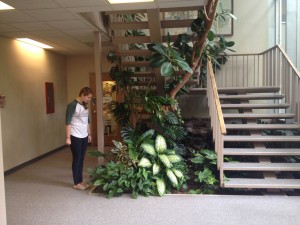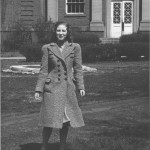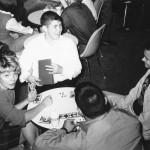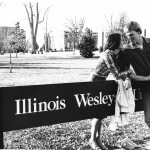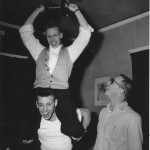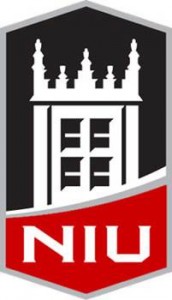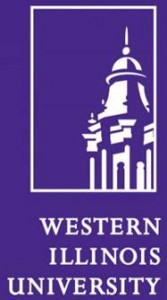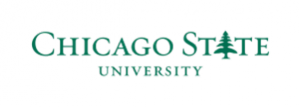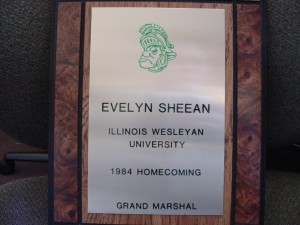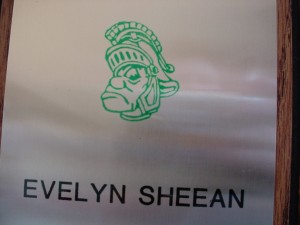Let’s all admit it, archivists may think they’re speaking English but a lot of our terminology sounds like gibberish (MPLP, anyone?) or is industry-specific (e.g., archival value vs. legal value) or can just be misunderstood due to other, non-industry usages (e.g., appraisal–it’s not always about monetary value or processing–we’re not using it in the psychotherapy sense!). Every profession has its unique vocabulary and this post is about an unusual twist to a word that’s used in my profession but not easily understood: recordness.
I subscribe to several professionally-oriented listservs, and one that just started a year or so ago is something the Society of American Archivists calls the “Word of the Week.” It’s all part of an effort by a team of SAA members to enhance professional understanding via standardized terminology. This will culminate in a dictionary of terms used in archives and builds on the amazing work of the original “Glossary of Archival Terms” which can be found at http://archivists.org/glossary.
“What kinds of records do you keep” is a common question, and even more “Why isn’t something like a database considered a record?” There seems to be a lot of confusion about the kinds of things that are official records. I created a blog post about them last year and used an image adapted from another archives to illustrate document lifecycles.
So in the interest of augmenting the definition of a record, I give you the SAA Dictionary Work group’s definition of the larger concept behind records:n. ~ the quality of being a record; the state of having the characteristics of a record
Related Term
record
Notes
The definition of “recordness,” just as the definition of “record,” changes according to purpose, law, and context, yet there are some features that most archivists agree are defining features of a record: a record preserves the content of some human action or activity, its content is fixed, and it encompasses at least some of the context needed to make it comprehensible beyond itself. However, meaning is pliable in both the content and the definition of a record. Especially with regard to electronic records, for example, fixity is more a property of ensuring that a record does not change over time after capture by an archives rather than the property that a record (say, in the form of a database or a webpage) does not change during its active use.
Cited In
Bearman, David, “The Implications of Armstrong v. Executive of the President for the Archival Management of Electronic Records,” The American Archivist 56 (Fall 1993): 679.
Gilliland, Anne J., Conceptualizing 21st-Century Archives (Chicago: Society of American Archivists, 2014): 170.
Williams, Caroline, “Chapter 1: Records and archives: concepts, roles and definitions,” in Caroline Williams, ed., Archives and Recordkeeping: Theory into Practice (London: Facet Publishing, 2013): 14.

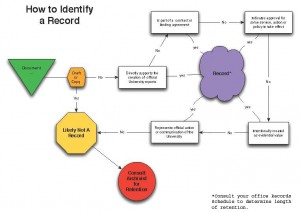

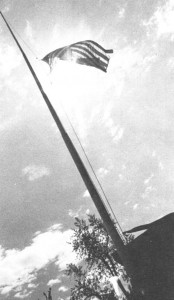


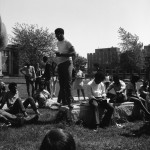
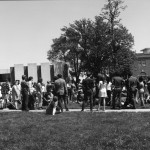
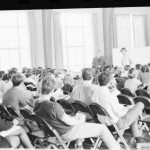
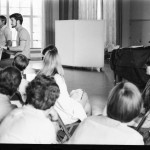
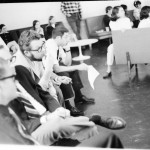
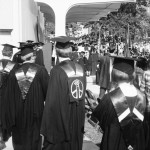
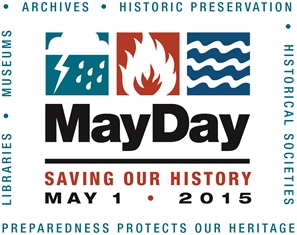
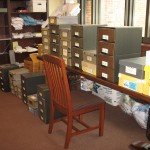
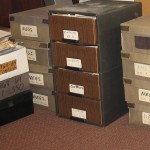

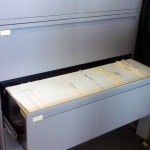
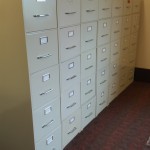
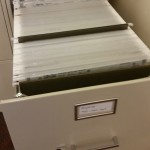
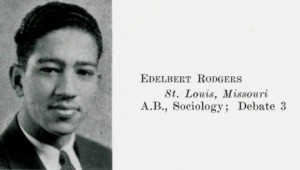

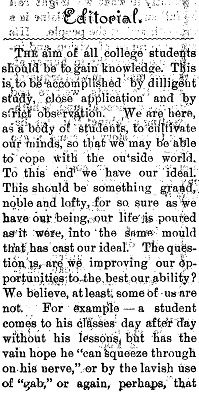
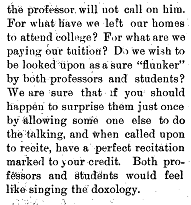
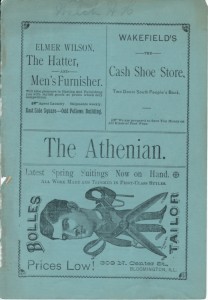
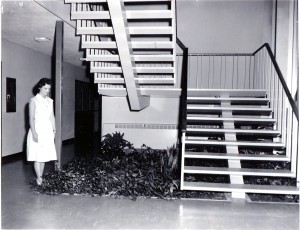 Re-photography involves re-enacting a scene from an earlier period in time by recreating it in a modern context. This is done in at least two ways: by deliberate restaging or reenactment without any variation such as is illustrated here, or by using an old photo for inspiration to create something with a modern twist.
Re-photography involves re-enacting a scene from an earlier period in time by recreating it in a modern context. This is done in at least two ways: by deliberate restaging or reenactment without any variation such as is illustrated here, or by using an old photo for inspiration to create something with a modern twist.